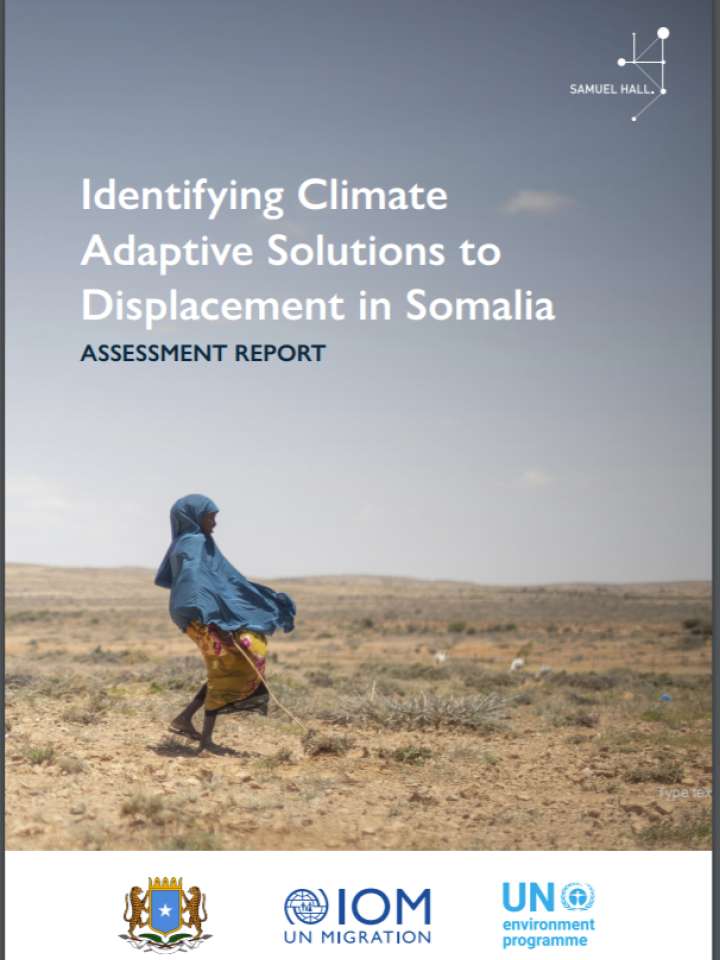Identifying climate adaptive solutions to displacement in Somalia
The climate in Somalia is projected to become drier, warmer, more erratic, and more extreme than in recent decades and thus less favourable to crop, livestock, fisheries, and forestry-based livelihood systems. Other likely impacts include reduction of vegetation for grazing and more variable water availability, with grave impacts on livestock herding and livelihoods. Rising sea temperatures and acidification will reduce fish stocks and change their distribution. In a context of slow-onset natural hazard and environmental degradation, households and entire communities may have no other choice but to leave their place of origin in search of a more inhabitable area. This study explores the interaction(s) between climate change, displacement and urbanisation.
This paper provides four overarching recommendations that focus on adjusting policies and individual practices requiring drastic change, so that policies and programmes progressively:
- Favour participatory and longer-term climate adaptive logics over immediate gains and maladaptive options;
- develop innovative territorial governance models that overcome the traditional urban / rural divide;
- consider livelihood diversification and mobility as positive coping strategies – economically, socially and environmentally; and
- streamline education and learning on climate change into decision-making processes and durable solutions programming.
Explore further
